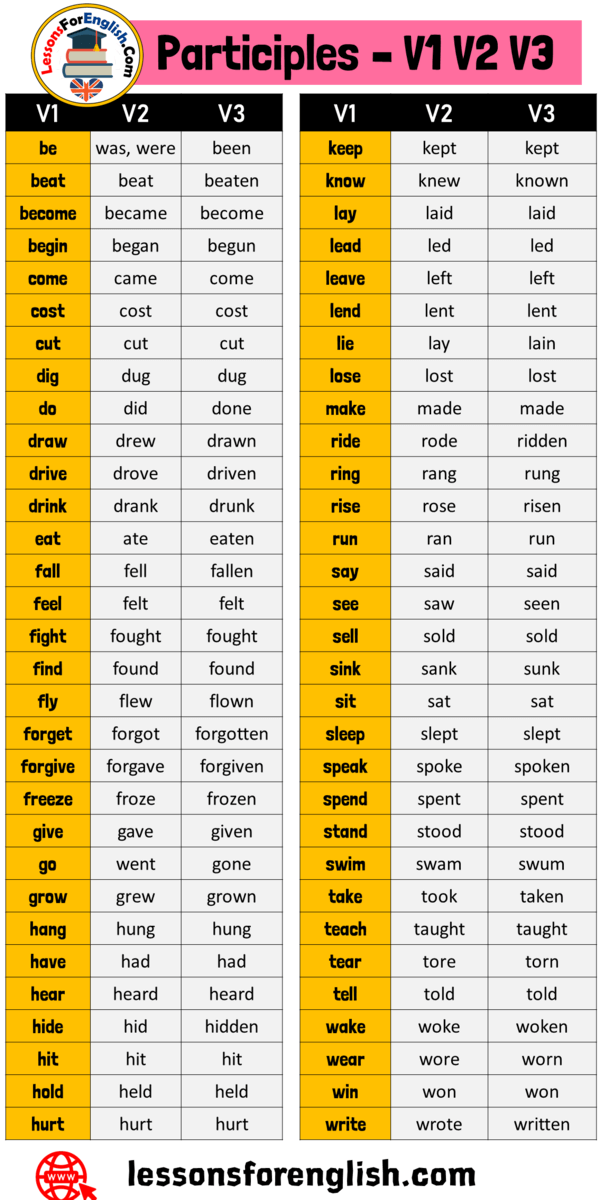


You may list all your responsibilities for your current position in the present tense while listing the responsibilities for your previous positions in the past tense. If you want to include present tense verbs on your resume, use these exclusively for work that you still perform. Related: 6 Universal Rules for Resume Writing 2. If you don't have an idea where you should switch to the present tense or you are worried about the consistency of your resume, listing all resume elements in the past tense is a good strategy that reduces some of the stress of putting together your resume. To keep things simple, some people prefer to list all the elements of their resume in the past tense. The same is true for volunteer positions or extracurricular activities that you have had in the past but are no longer a part of. List every accomplishment (e.g., work experience, education background and skillset) and responsibility in the past tense. If you are referring to previous employers that you're no longer with, use the past tense. Use future tense when applying for an internship or when referring to your goals in your resume objective. To help you choose the right resume tense, use the following guidelines:Īvoid combining present and past tense under one heading. It can also be used in a resume objective to show what you hope to achieve in a specific role or at a specific company. Past tense: This tense is appropriate when describing positions you have had in the past and are no longer doing.įuture tense: This tense is rarely seen in resumes, but students could use it when applying for educational internships. Present tense: Use this tense when describing the work you're currently doing. There are three tenses that you can use when writing a resume: Related: 10 Resume Writing Tips to Help You Land a Job List of tenses Choosing the right tense helps prevent a confusing impression, as it helps hiring managers to know quickly what you are currently doing versus what you have achieved or done in the past. One way to maintain consistency throughout is by using the correct tense. Keeping a sense of consistency is key when writing a resume.
#Lead past tense past participle how to
In this article, we discuss the importance of using the correct resume tense, how to choose a resume tense and offer examples of both past tense and present verbs that you can use to write an effective and polished resume. Using the proper resume tense or tenses is one detail that helps you make a good impression on hiring managers if done correctly.
#Lead past tense past participle professional
Your resume should be well-organized, easy to read, professional and stand out to hiring managers. LEDs are the tiny green and red lights that indicate power on many electronic devices.When writing a resume, you want to make sure that it's a flawless representation of your skills, expertise and current job history. Led is a noun properly written LED, which is an acronym for light emitting diode. the first action of a series, such as the first announcement, first strategy, or first attack the status or condition of going first: being in the leadģ. an insulated wire connected to an electrical deviceĢ. Lead, when pronounced to rhyme with seed, means:ġ.

a name for the substance inside pencils (which is graphite, not lead (Pb)) the name of a heavy metal with the chemical symbol PbĢ. Lead, when pronounced to rhyme with bed, means:ġ. Just remember that lead is for the present, and led is for the past and past participle. This is because of the mixed Latin/Germanic grammar and vocabulary of English. But there are many English verbs with different forms for the past tense versus past participle (pp), such as ride (present), rode (past), ridden (pp) and eat (present), ate (past), eaten (pp). Like to lead, most English verbs have the same form in the past tense and past participle for example, the forms kicked, cooked, and dated. Judy has led many tourists on such journeys. Roberta led them into the ancient temple. Jane will lead the group into the jungle. Led is both the past tense and the past-participle, rhyming with bed: At the end we will review the nouns briefly.Īs verbs, led and lead are two different grammatical forms of the same verb, to lead, meaning “to guide or go first.” Lead is the present tense form, rhyming with seed.

We’ll primarily focus on the verb forms, since these cause the most confusion. Led and Lead each have multiple meanings, both as verbs and nouns.


 0 kommentar(er)
0 kommentar(er)
